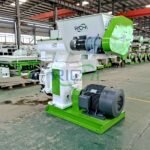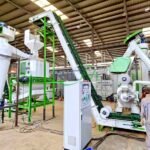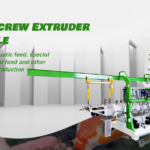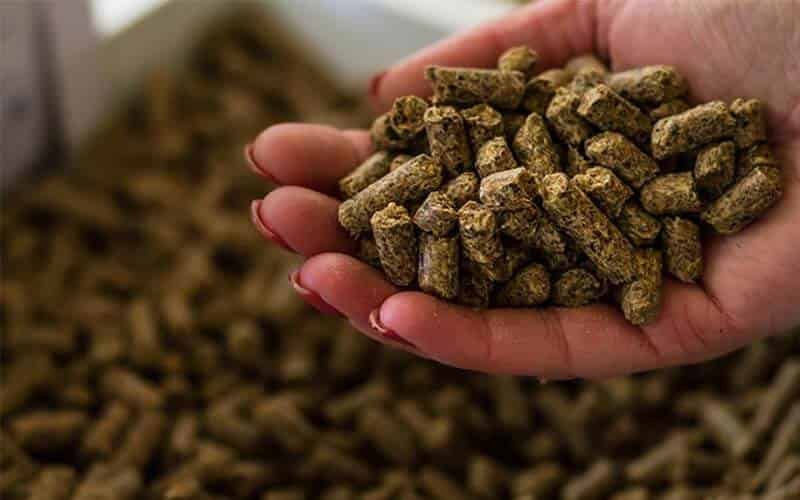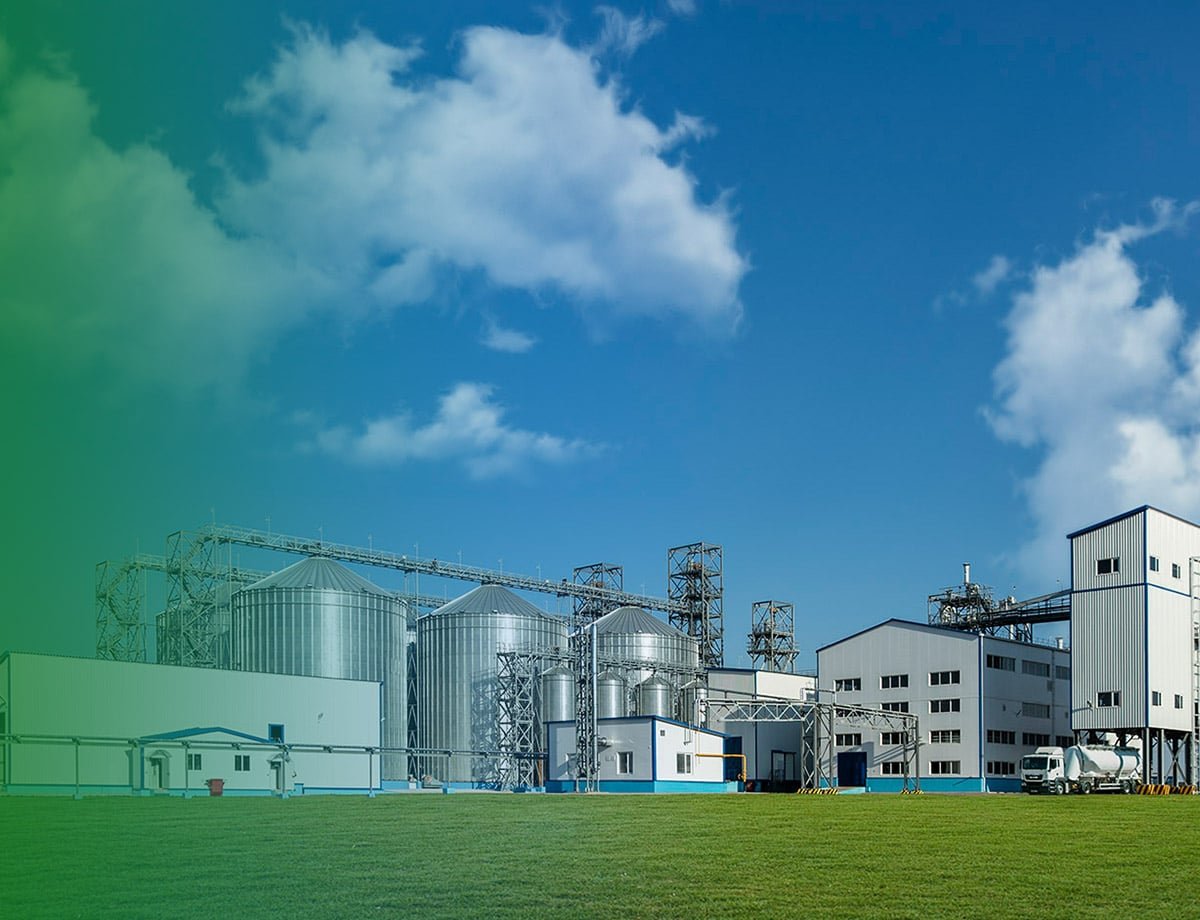Goat Feed Pellet Making Machines are primarily designed for producing pelleted feed specifically for goats. However, their versatility often allows them to be used for processing other types of animal feed as well. This article explores the potential of using Goat Feed Pellet Making Machines for processing various feed types, discussing the possibilities, limitations, and considerations for expanding their applications.
Understanding the Goat Feed Pellet Making Machine
Before exploring its broader applications, it’s essential to understand the basic components and operation of a typical Goat Feed Pellet Making Machine. These machines usually include:
- Grinding Mechanism: Reduces raw materials to a suitable size.
- Mixing Unit: Blends the ingredients uniformly.
- Conditioning Chamber: Adds moisture and heat to the mix for better pelleting.
- Pellet Mill (typically with a ring die): Compresses the mixture into pellets.
- Cooling and Drying System: Stabilizes the pellets for storage.
These components work in harmony to convert raw feed ingredients into compact, uniform pellets ideal for goat consumption.
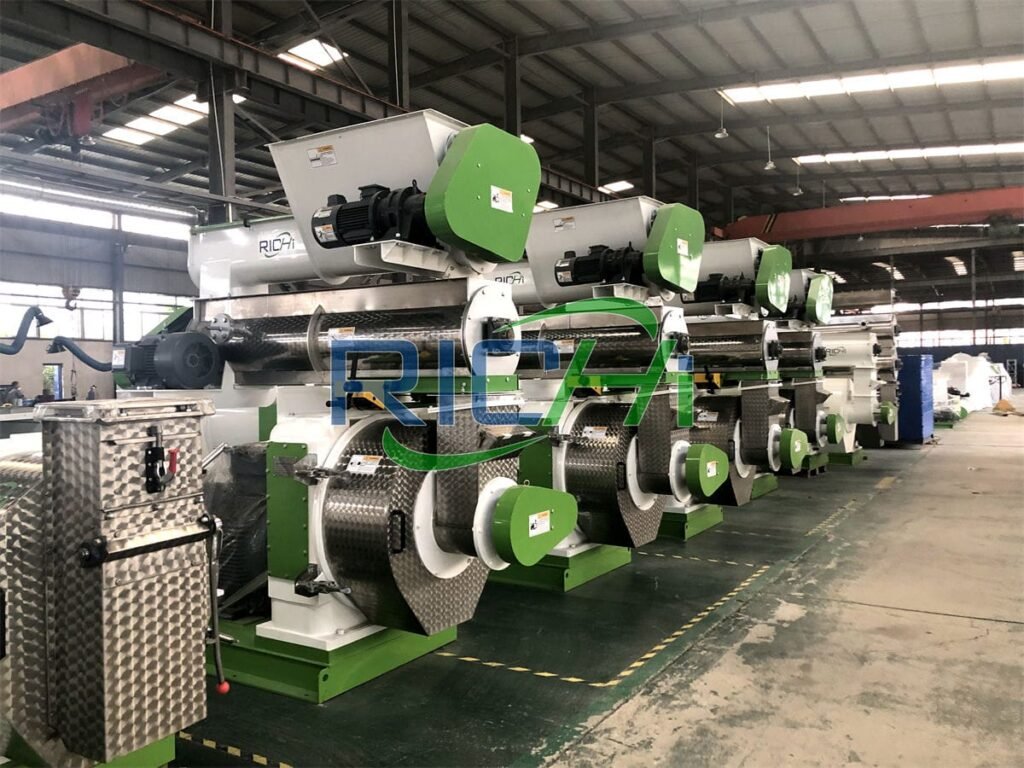
Potential for Processing Other Feed Types
The design of Goat Feed Pellet Making Machines often allows them to be adapted for processing other types of feed with minimal modifications. Here are some potential applications:
- Sheep Feed: Sheep have similar nutritional needs to goats, so minor adjustments in formulation and die size may suffice.
- Cattle Feed: Larger pellet sizes are typically required, and higher production capacity may be necessary for commercial-scale operations.
- Poultry Feed: Smaller pellet sizes are generally needed, and conditioning parameters might need adjustment to suit different ingredients.
- Rabbit Feed: Similar in size to goat pellets, though nutritional formulations may differ.
- Fish Feed: Requires special considerations for water stability, and additional equipment may be needed for producing floating feed.
- Horse Feed: Similar in pellet size to goat feed, but with different nutritional requirements and ingredient compositions.
Factors Influencing Adaptability
Several factors determine how effectively a Goat Feed Pellet Making Machine can process other feed types:
- Machine Capacity: Larger animals like cattle may demand higher production volumes.
- Die Specifications: Different animals require varying pellet sizes, so the machine should allow for easy die changes.
- Ingredient Composition: Varying ingredients can affect the pelleting process, so the machine must handle a wide range of materials.
- Conditioning Requirements: Different feeds may require specific moisture and temperature conditions; adjustable conditioning parameters are advantageous.
- Cooling and Drying Needs: Pellet sizes and compositions may require adjustments in cooling times.
Advantages of Using Goat Feed Pellet Machines for Other Feeds
Adapting Goat Feed Pellet Making Machines to process other feed types offers several benefits:
- Cost-Effectiveness: Utilizing one machine for multiple feed types can reduce costs.
- Versatility: Enables quick adaptation to market demands for different animal feeds.
- Space Efficiency: One machine serving multiple purposes saves space in production facilities.
- Simplified Maintenance: Maintaining one versatile machine can be easier than managing multiple specialized ones.
- Experimentation Opportunities: Allows for testing and developing new feed formulations for various animals.
Challenges and Considerations
While these machines can often be adapted for other feed types, there are challenges to be mindful of:
- Nutritional Adequacy: Ensure the machine produces pellets that meet the specific nutritional needs of different animals.
- Regulatory Compliance: Different animal feeds may be subject to varying regulatory requirements.
- Production Efficiency: The machine may not be as efficient when processing feeds it wasn’t originally designed for.
- Quality Control: Different feed types may require distinct quality standards.
- Cleaning and Cross-Contamination: Thorough cleaning is essential when switching between different feed types to avoid contamination. (Related post: cattle feed manufacturing machine price)
Modifications for Optimal Performance
To effectively process other types of feed, some modifications to the machine might be necessary:
- Die Changes: Invest in a range of dies with various hole sizes and thicknesses.
- Adjustable Conditioner: Ensure the conditioning system can be fine-tuned for different ingredients.
- Variable Speed Drive: Allows for adjusting production rates to suit different feed types.
- Enhanced Cooling System: May be needed for larger pellets or higher production volumes.
- Ingredient Handling System: Consider upgrading to handle a broader variety of raw materials.
Best Practices for Multi-Feed Production
When using a Goat Feed Pellet Making Machine for various feed types, consider the following best practices:
- Thorough Cleaning: Implement rigorous cleaning protocols between different feed productions.
- Batch Scheduling: Plan production schedules to minimize frequent changeovers.
- Quality Testing: Establish specific quality control procedures for each feed type.
- Staff Training: Ensure operators are trained in producing different feed types.
- Record Keeping: Maintain detailed records of machine settings and formulations for each feed type.
Case Studies
Several examples highlight the successful adaptation of Goat Feed Pellet Making Machines:
- Small Farm Diversification: A goat farmer expanded to produce feed for sheep and rabbits using the same machine.
- Feed Mill Efficiency: A commercial feed mill utilized a high-capacity goat feed machine to produce various small ruminant feeds.
- Experimental Feed Production: A research facility used a goat feed machine to produce experimental diets for different species.
Future Trends
The demand for more versatile feed production equipment is expected to rise:
- Multi-Species Feed Mills: Increasing demand for flexible production facilities.
- Customizable Machines: Manufacturers are developing more easily adaptable pelleting machines.
- Smart Technology Integration: AI and IoT technologies are making transitions between feed types more seamless.
Conclusion
Goat Feed Pellet Making Machines exhibit significant potential for processing a wide range of animal feeds beyond their primary purpose. Their adaptability provides numerous advantages, including cost-effectiveness, versatility, and operational efficiency. However, successful adaptation requires careful consideration of each feed type’s nutritional needs, regulatory requirements, and potential equipment modifications.
While challenges exist, many can be addressed through proper planning, machine adjustments, and adherence to best practices. The ability to produce multiple feed types with a single machine can be a valuable asset for small farms, commercial feed mills, and research facilities.
As the animal feed industry evolves, the demand for flexible, multi-purpose equipment is likely to increase. Goat Feed Pellet Making Machines, with their inherent versatility, are well-positioned to meet this demand. By understanding the capabilities and limitations of these machines, operators can maximize their investment and potentially expand their product offerings in the animal feed market.
Ultimately, while Goat Feed Pellet Making Machines are designed with goats in mind, their potential extends far beyond goat feed production. With the right approach and modifications, these machines can become valuable tools for producing a wide range of animal feeds, contributing to more efficient and diverse feed production operations.


